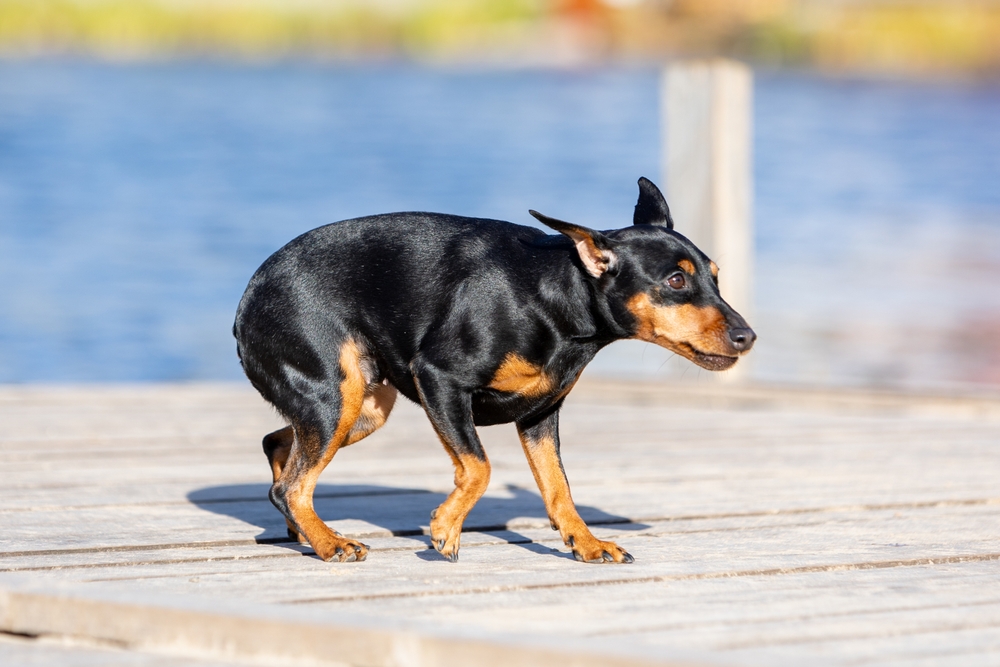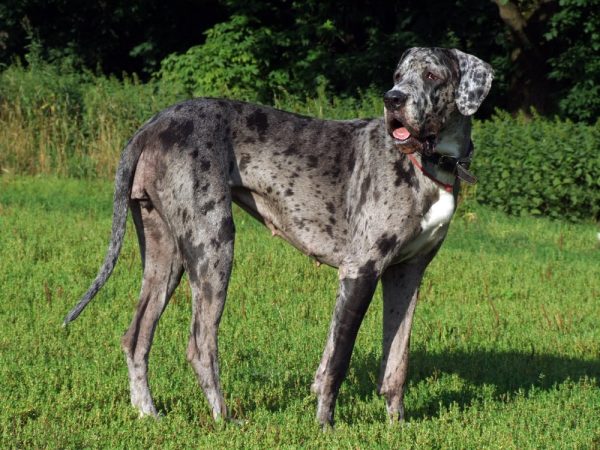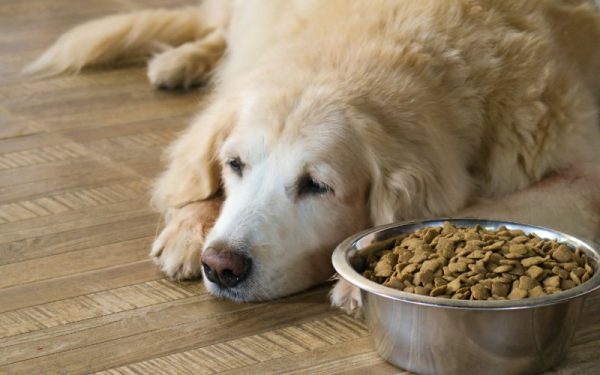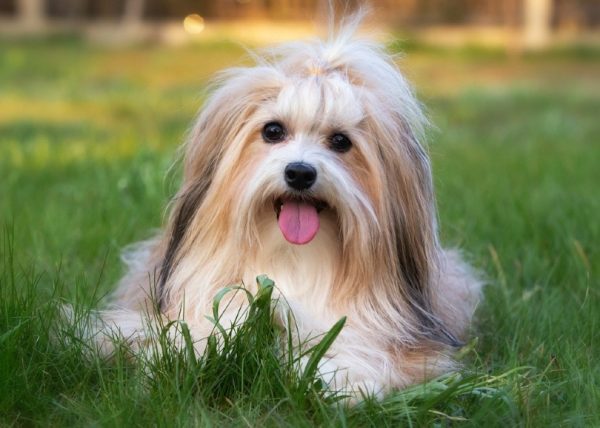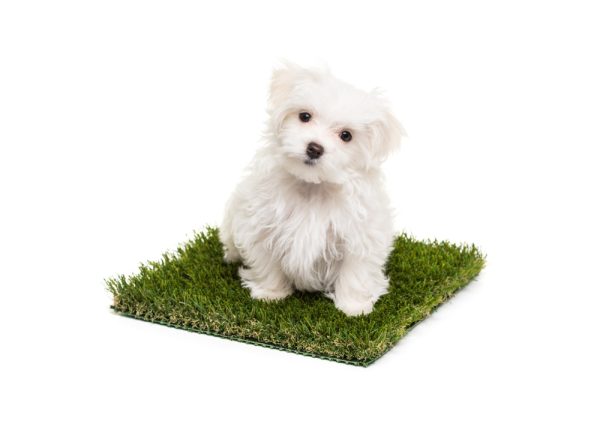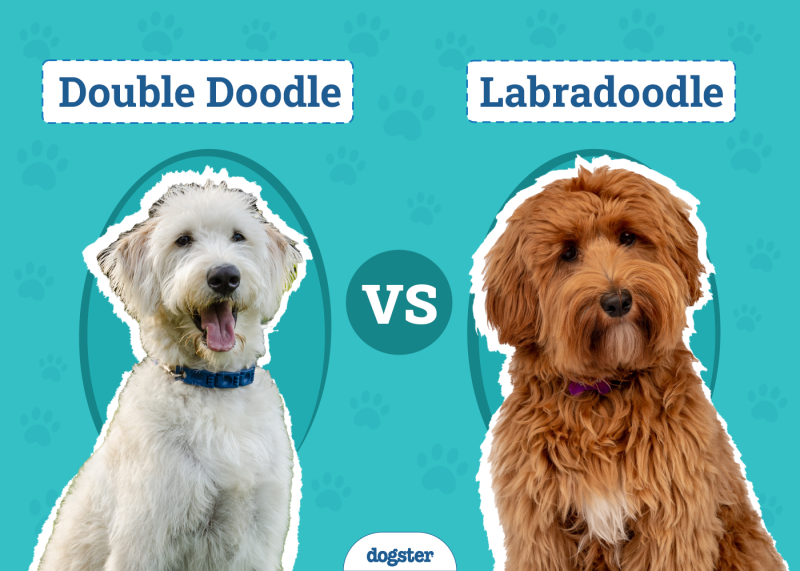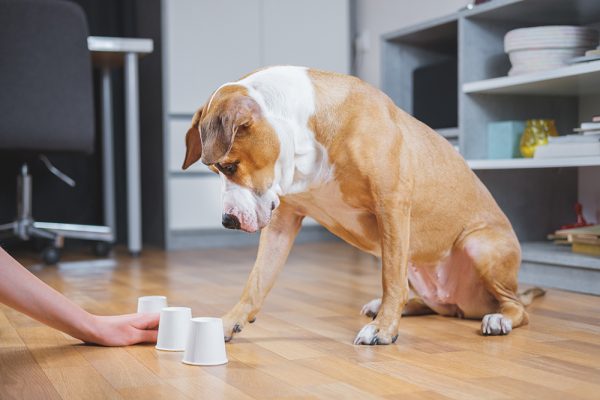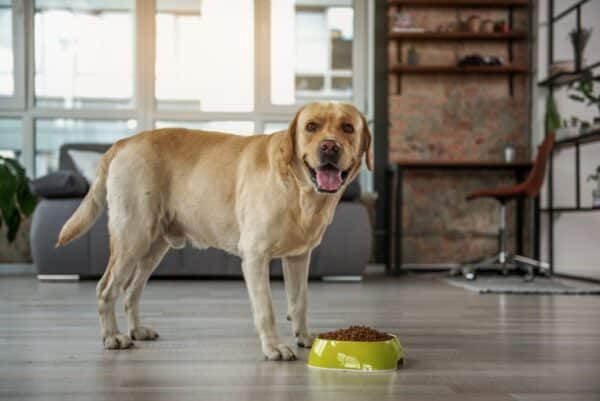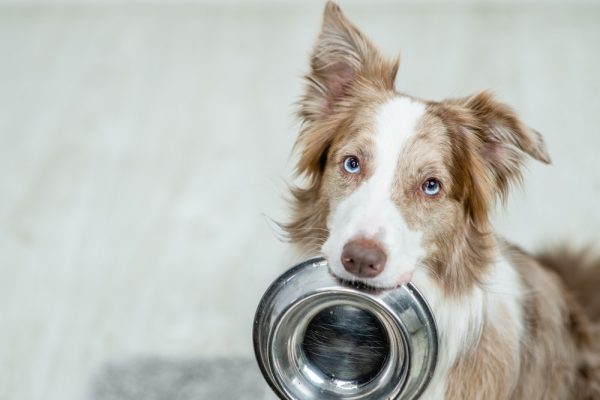Many people associate hydrophobia with rabies because one of the signs of the paralytic variant is paralysis of the jaw muscles and throat, making some assume the animal is afraid of water. While hydrophobia is a sign of rabies in people, it is very rarely seen in rabid dogs. Instead, we’re talking about when some animals genuinely fear water that has nothing to do with rabies. It can be problematic if you must bathe your dog or they won’t go outside to potty when it’s raining. So, what do you do in these situations? Keep reading to find out.

What Is Hydrophobia in Dogs?
Hydrophobia describes an extreme fear of water. A dog may flee when faced with the prospect of a bath, or they may avoid puddles or refuse to go outside when it’s raining or snowing. That can be an issue if precipitation is in the forecast. It can also keep your dog from getting the exercise they need for their physical and mental well-being. Hydrophobia can stress your pet needlessly, and it’s hard to teach them to accept the fact that they have to be around water from time to time.
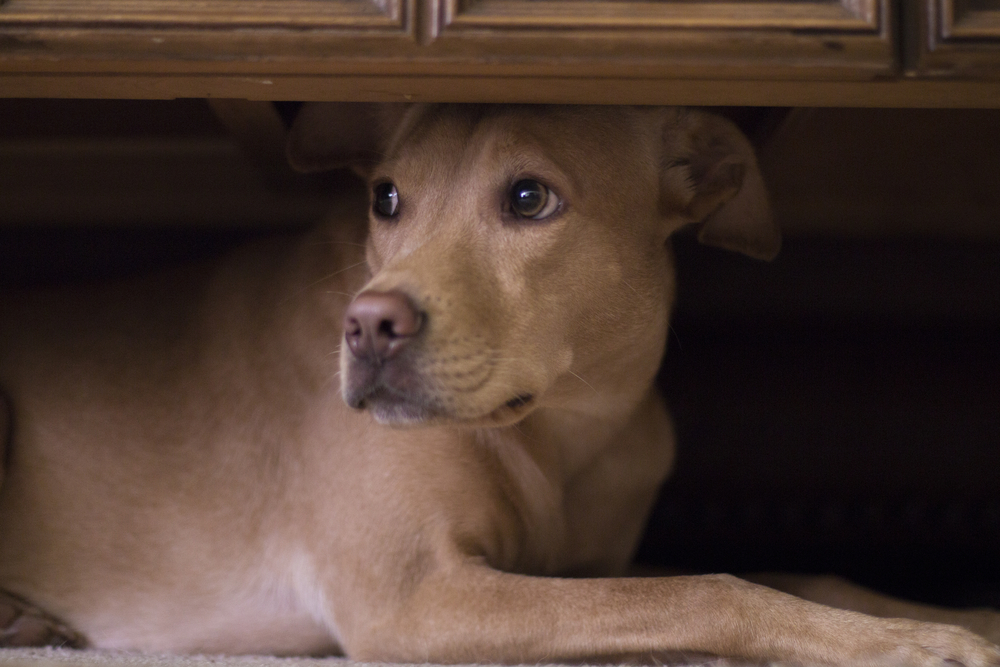
What Are the Signs of Hydrophobia?
Hydrophobia can take many forms. Your dog may shy away from contact with water. It can also manifest as downright fear. You may notice that your pup is anxious, and they may drool or pant. Your pooch’s reluctance is evident when you see them avoiding contact or fighting your efforts to get them close to water. They may also whine or tuck their tail between their legs.
The dog is evidently afraid if you notice them shivering with their ears back. Other pets may become aggressive if forced to get wet, and they may growl or even bite to get away from it.
Did you know you can speak to a veterinarian without having to travel? Just head over to PangoVet. It's our online service where you can talk to a vet online and get the advice you need for your pet — all at an affordable price!

What Are the Causes of Hydrophobia?
The causes of hydrophobia are endless. It could simply mean the dog was never exposed to water as a puppy. A dog with hydrophobia may not have been around new things or people when they were most receptive, making it challenging when they get older.
Puppies also go through two fear impact periods during development: one at 8 to 12 weeks and another at 7 to 14 months. A bad experience during these times could have left an indelible mark on your pet’s memory. However, it’s not limited to these times. Anything traumatic could spark fear, including something as dramatic as hydrophobia
However, it’s not necessarily a bad thing if your pooch doesn’t like water. Some breeds, such as French Bulldogs, have difficulty swimming, potentially making hydrophobia more of a blessing than a curse. Brachycephalic breeds, like Pugs and Shih Tzus, should probably avoid water because of the greater risk of respiratory issues, including brachycephalic obstructive airway syndrome (BOAS). Still, though, there are definitely times when hydrophobia can be concerning.
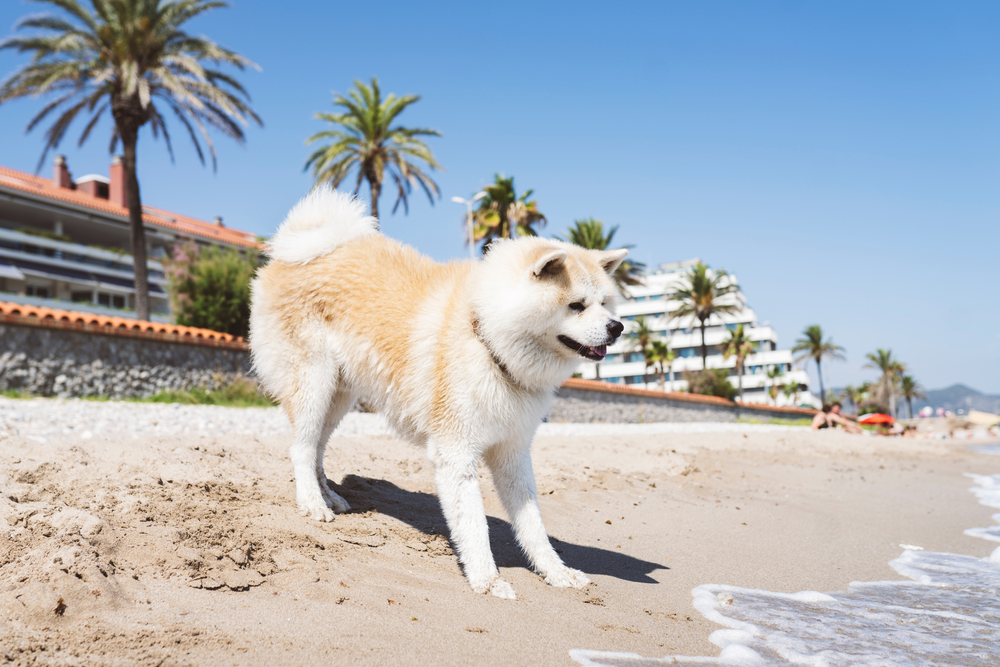
How Do I Care for a Dog With Hydrophobia?
Your dog may have to get used to water just to ensure they can go outside when it’s raining or snowing. They may also need the occasional bath. Using treats as training aids can make walks more manageable when the weather is inclement. They create a positive association that can make the water seem less scary to them. They are especially effective for food-motivated pups.
Baths are another story. Avoid rushing your pet into accepting something new. Creating a positive association is critical, particularly if it’s your dog’s first experience with water. First impressions speak volumes, even with canines. Begin by letting your dog get comfortable in the room where you plan to bathe them.
Next, try closing the door while talking to your pet and praising them for their tolerance. Treats are an excellent form of positive reinforcement when you move on to putting your dog in the tub. They may balk at being contained, so encourage your pooch to stick it out with praise and treats. Getting your dog used to the sound of running water is another vital step of the process. Just remember to take this step very slowly.
You can then proceed with getting them used to having their feet wet. You can also try rubbing their coat with a damp washcloth to learn what it feels like before a full-blown bath. The trick is to be patient and go by your dog’s time. Don’t rush the process to avoid making it a traumatic experience. When you get ready for bubbles, make sure to use a pet-safe shampoo that won’t irritate your pup’s eyes if they splash and make a fuss.
Giving your pet a bath can be a difficult task, but the first step is to choose a great shampoo. We love Hepper's Shampoo Products, both of which are natural, pet-safe options specially formulated to clean your pet's skin and coat without causing irritation. Both formulas are also free of things like dyes, soaps, sulfates, and phthalates. Your pet will enjoy the soothing aloe vera and oatmeal, and you'll love the clean, fresh scents! At Dogster, we’ve admired Hepper for many years, and decided to take a controlling ownership interest so that we could benefit from the outstanding products of this cool pet company!
Image
Product
Details
For Bathing

Hepper Oatmeal Pet Shampoo
Check Price
For In-Between Baths

Hepper No-Rinse Pet Shampoo
Check Price

Frequently Asked Questions
Do Hydrophobic Dogs Drink Water?
Dogs can’t really fight instinct when it comes to drinking water, as they need it to survive. However, there are some dogs that get a bit scared of the splashing of the water while they drink. One way to help them stay hydrated is to offer them wet food, which has a high moisture content. You could also soak their kibble in water so that it’s softer while they eat it.
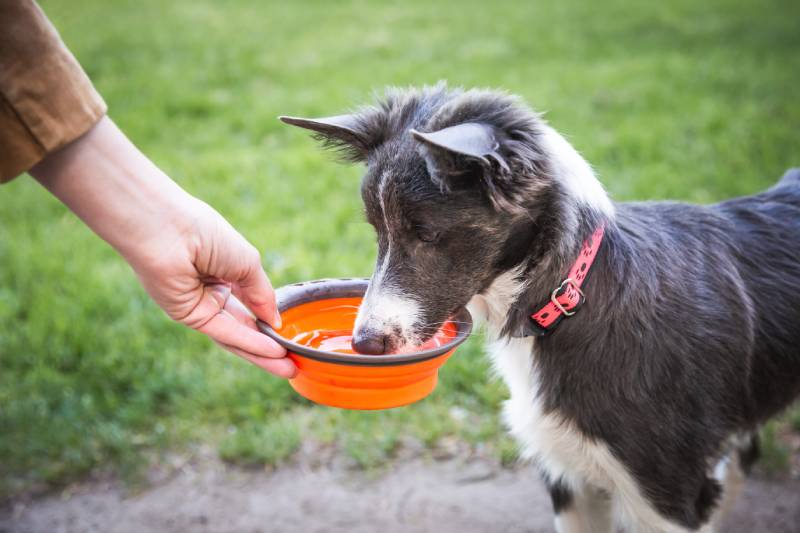
How Can I Teach My Dog to Swim?
The same advice about going slow also applies here. Dogs learn to trust their owners so that you may find your pet will follow your lead to test out the waters. Avoid taking your dog to the lake or beach if it’s windy. The crashing waves may frighten your dog. Don’t rush into deeper waters, either, and always outfit your dog with a lifejacket.

Final Thoughts
Hydrophobia in dogs can occur in pets without experience with water. It often isn’t as much about the water as it is about a novel experience. Some dogs are natural swimmers or open to new things. Sometimes, it takes gentle persuasion. Positive reinforcement is an excellent way to convince a reluctant pup to give it a try. You may find that your pet enjoys the experience. However, if you’re struggling to get your dog to go near water, then you need to speak with a vet and an animal behaviorist.
Featured Image Credit: Glikiri, Shutterstock
